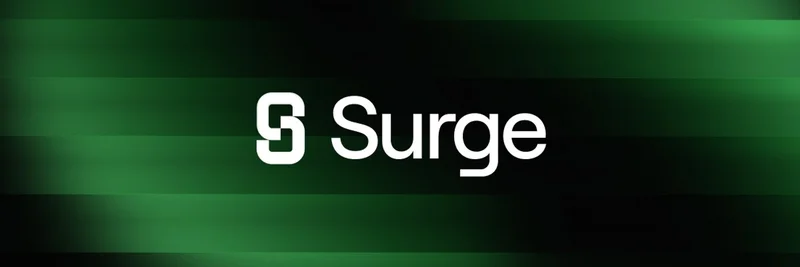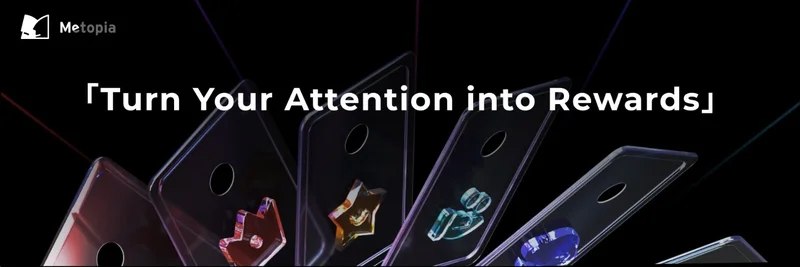As of November 2025, there is no verifiable public information confirming that a token called Collectr at contract address 0x87868a9da4c8e20dfe73469b76e89b1ff7037707 is an active, legitimate token on Base. No official website, whitepaper, social channels, or verified contract metadata are available. That doesn’t automatically mean the token is a scam; it often means the contract is new, dormant, or unpublicized. Below is a practical checklist to help you evaluate this or any emerging meme token on Base.
Quick facts at a glance
- Chain: Base (base.org)
- Contract address: 0x87868a9da4c8e20dfe73469b76e89b1ff7037707
- Public status: No verified source code or official docs found
- Trading status: No confirmed listings on major venues at the time of writing
Common mix-ups to avoid
Two similarly named entities sometimes confuse researchers:
- Collector Crypt (CARDS) on Solana: A project for tokenizing physical trading cards. It runs on Solana and is unrelated to Base or the address above. See project info on their listings or docs—don’t assume it’s the same thing.
- Collectr app (TCG portfolio tracker): A mobile app for tracking Pokémon/MTG/Yu-Gi-Oh! collections. It’s not a crypto token.
If someone claims “Collectr” exposure or rewards, always verify the exact chain and contract.
How to verify any new meme token on Base
Use this simple, non-technical framework before you interact with a contract:
- Check the contract on BaseScan
- Open the address on BaseScan.
- Look for “Contract” verification. If the source code isn’t verified, you can’t confirm token functions (like taxes, minting, or blacklist logic). Treat as high risk.
- Confirm token basics
- Name and symbol: Do they match public claims?
- Total supply: Is it fixed or mintable?
- Decimals: Typical is 18 on EVM chains; odd values aren’t a red flag alone but deserve a closer look.
- Ownership and permissions
- Is the owner a contract, an EOA (externally owned account), or renounced?
- Are there functions like setTax, blacklist, mint, or pause that a privileged wallet can call? If so, what’s the stated policy?
- Liquidity posture
- Is there a liquidity pool on Base DEXs (e.g., Aerodrome, Uniswap on Base)?
- Is LP locked (via a known locker) and for how long? Unlocked LP is a common rug-pull vector.
- Trade-safety checks
- Simulate a tiny buy/sell to detect honeypots or extreme taxes.
- Review recent holders: Sudden concentrated allocations can signal risk.
- Monitor for stealth minting or transfer blocks.
- Public footprint
- Look for a website, GitHub, docs, X (Twitter), Telegram, or Mirror posts. Lack of any footprint is a serious risk signal for most traders.
Where to track and (if it becomes tradable) how to trade
If liquidity appears and trading opens, consider these starting points:
- Track page and trade routing: GMGN.AI token view for Collectr on Base: https://gmgn.ai/base/token/fV1R5sZ5_0x87868a9da4c8e20dfe73469b76e89b1ff7037707
- Base-native DEXs: Aerodrome and Uniswap on Base
Tip: Always paste the exact contract address in any DEX search bar to avoid impostor tokens.
Practical trade hygiene:
- Start with a tiny test buy, then test a sell.
- Set conservative slippage; high slippage can mask steep transaction taxes.
- Watch gas and MEV: Low-fee chains are fast, but snipers and MEV bots can still impact prices.
Why “no verification” matters
When a contract isn’t verified, you can’t inspect the functions that control token behavior. That means you can’t easily know if:
- The owner can mint new tokens at will.
- Trading can be paused or wallets blacklisted.
- Transaction taxes can be raised suddenly.
- Transfers are restricted (classic honeypot behavior).
This doesn’t automatically condemn a project, but it dramatically raises risk until the devs publish and verify the code.
Base-chain context: meme coins move fast
Base has become a hotspot for meme tokens thanks to low fees and solid tooling. That speed cuts both ways:
- Pros: Cheap experimentation, community bootstrapping, and fast iteration.
- Cons: Rapid pump-and-dumps, copycat contracts, and stealth taxes.
The only defense is process: verify first, size positions conservatively, and monitor liquidity/ownership changes.
For builders: how to instill trust quickly
If you’re a developer behind a new meme token, ship credibility early:
- Verify source code on BaseScan and write a short, plain-English explainer for non-devs.
- Lock LP and publish proof links.
- Timelock any privileged functions.
- Publish a clear tokenomics one-pager and social links.
- Avoid stealth taxes; if you must use a tax, cap it and document the rationale.
FAQs
Is Collectr at 0x8786…7707 live and safe?
As of now, we haven’t found verified code, liquidity, or official communications. Treat it as unverified and high risk until proven otherwise.Is Collectr the same as “Collector Crypt (CARDS)” on Solana?
No. That project runs on Solana and is unrelated to this Base address.How can I monitor if anything changes?
Bookmark the BaseScan address page for verification updates and holder movements, and watch the GMGN.AI token view at https://gmgn.ai/base/token/fV1R5sZ5_0x87868a9da4c8e20dfe73469b76e89b1ff7037707 for real-time analytics once activity appears.
Bottom line
There’s no confirmed public footprint for a Base token named Collectr at 0x87868a9da4c8e20dfe73469b76e89b1ff7037707. Until verified code, documented liquidity, and official communications appear, the only rational approach is caution: verify everything, start small, and use reputable tools to monitor contract permissions and liquidity before you trade.




